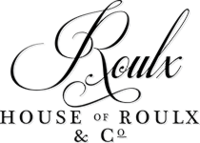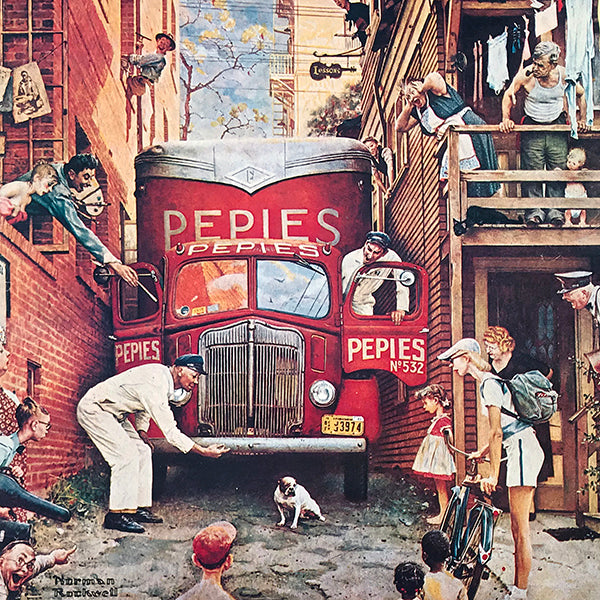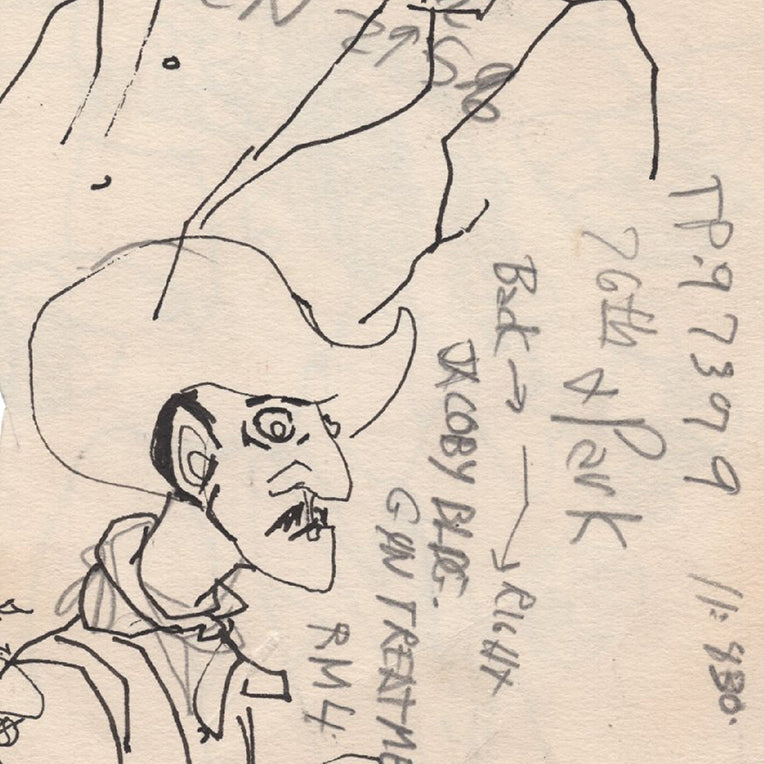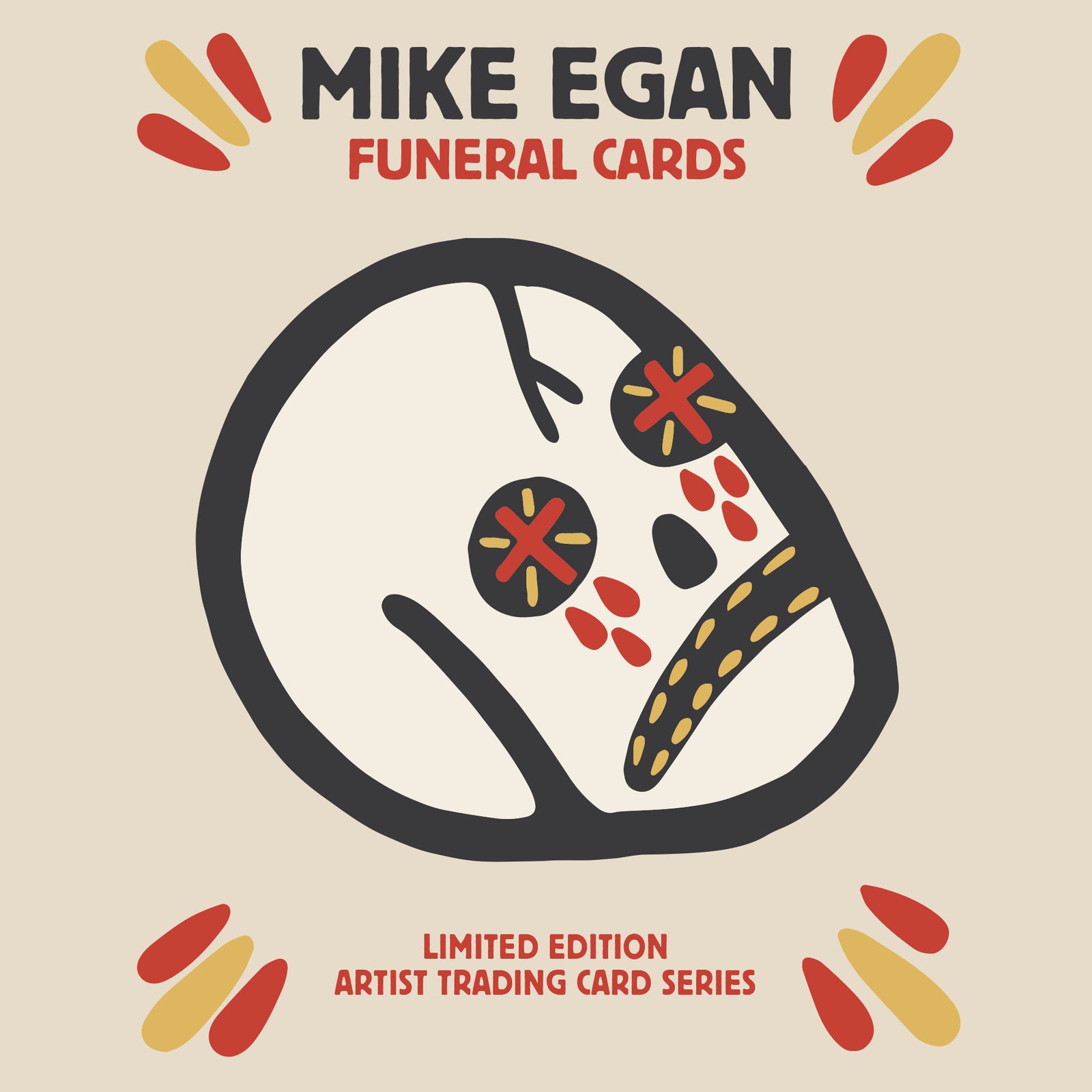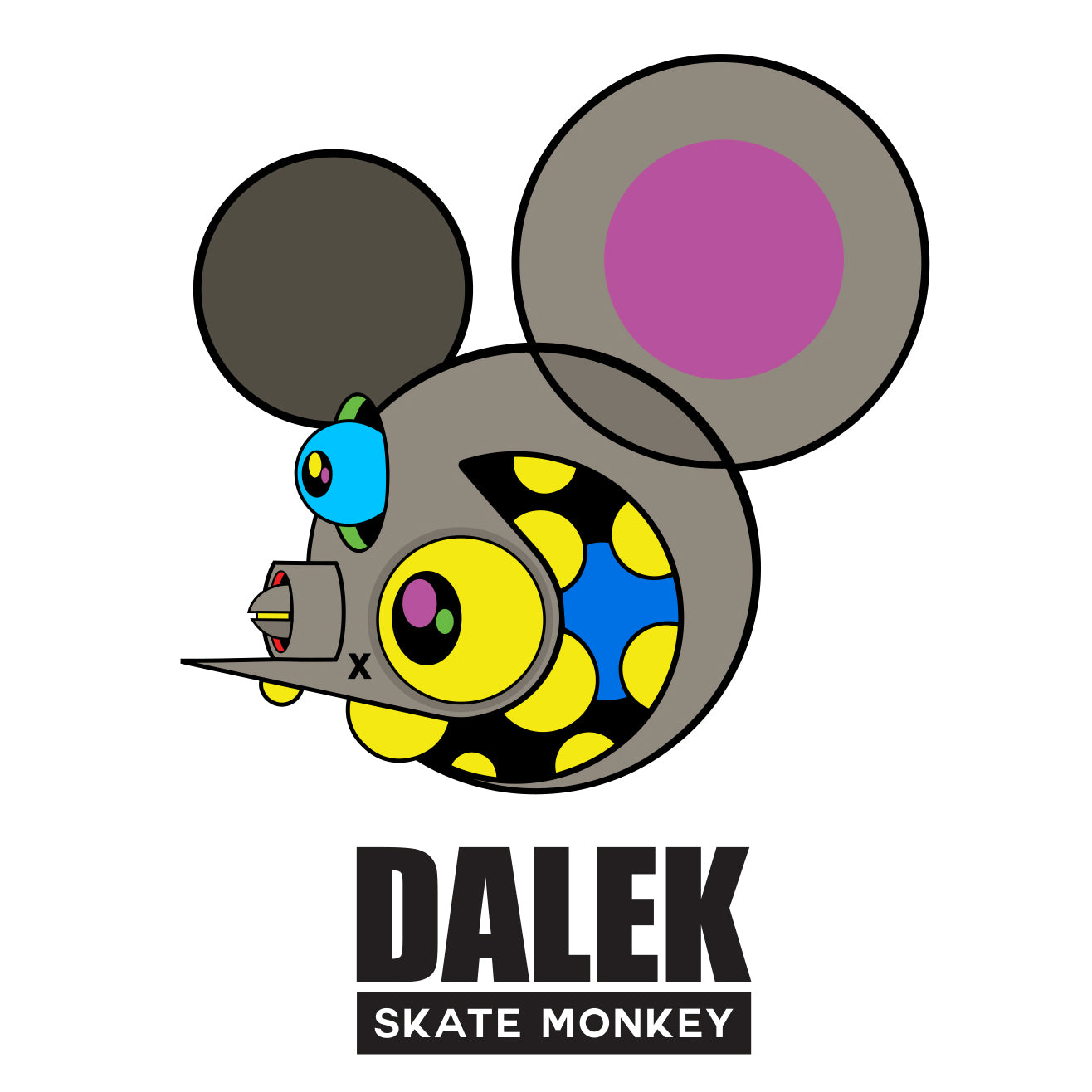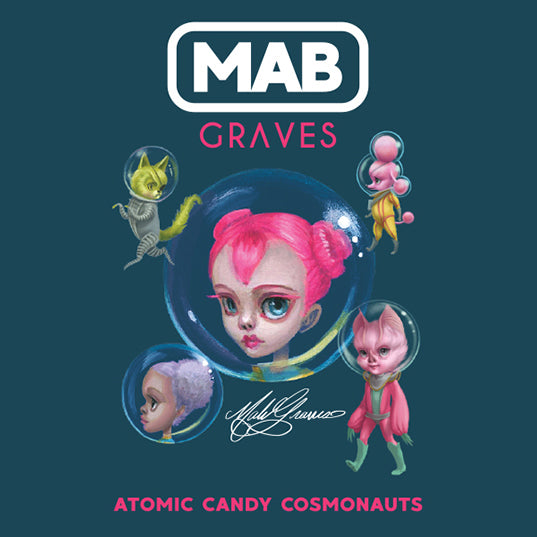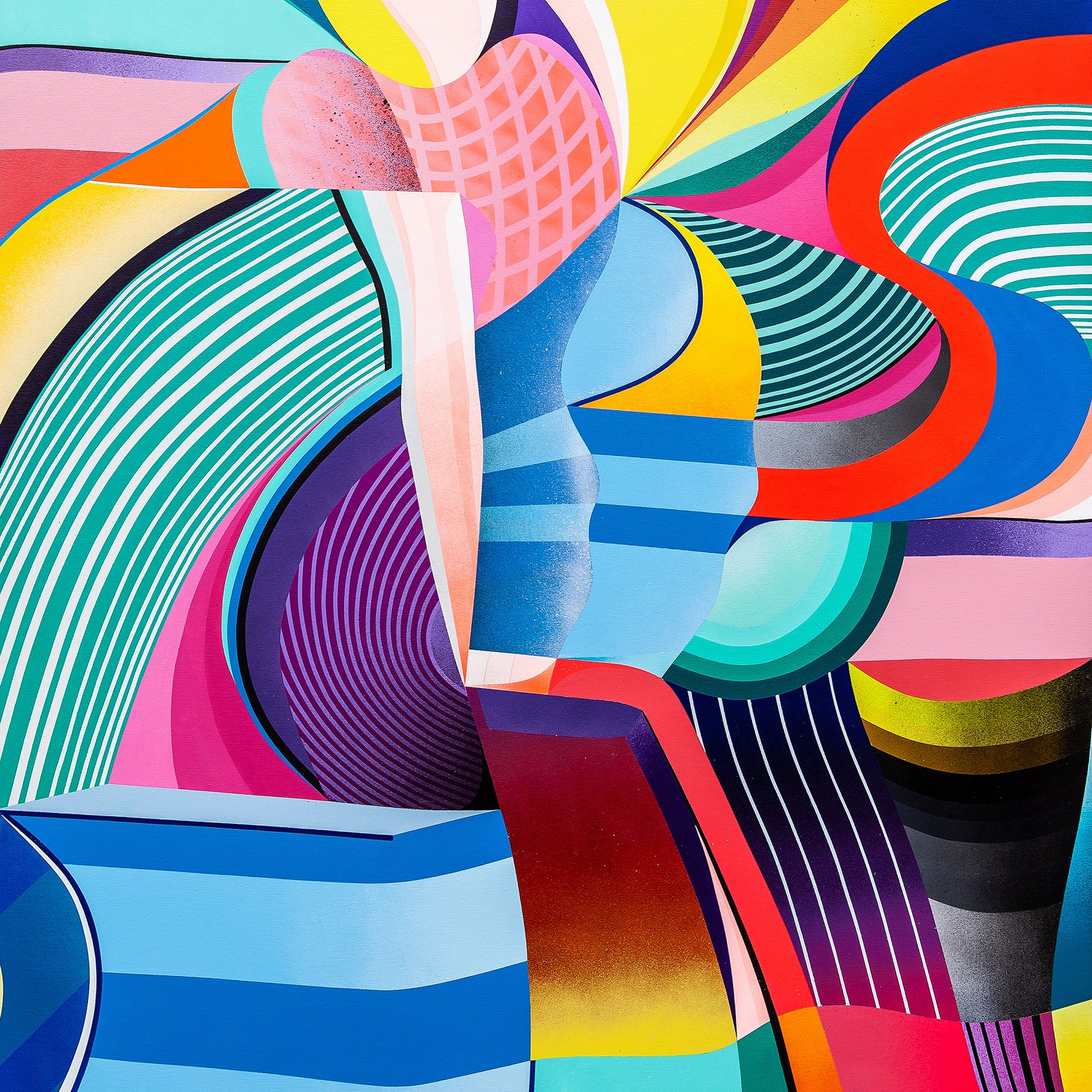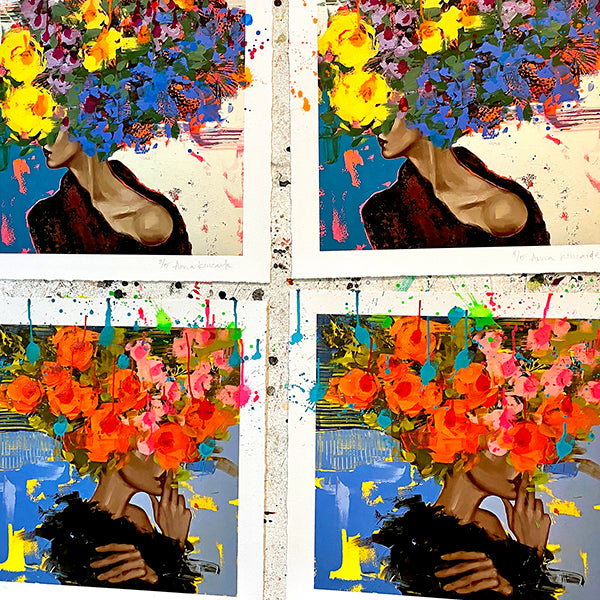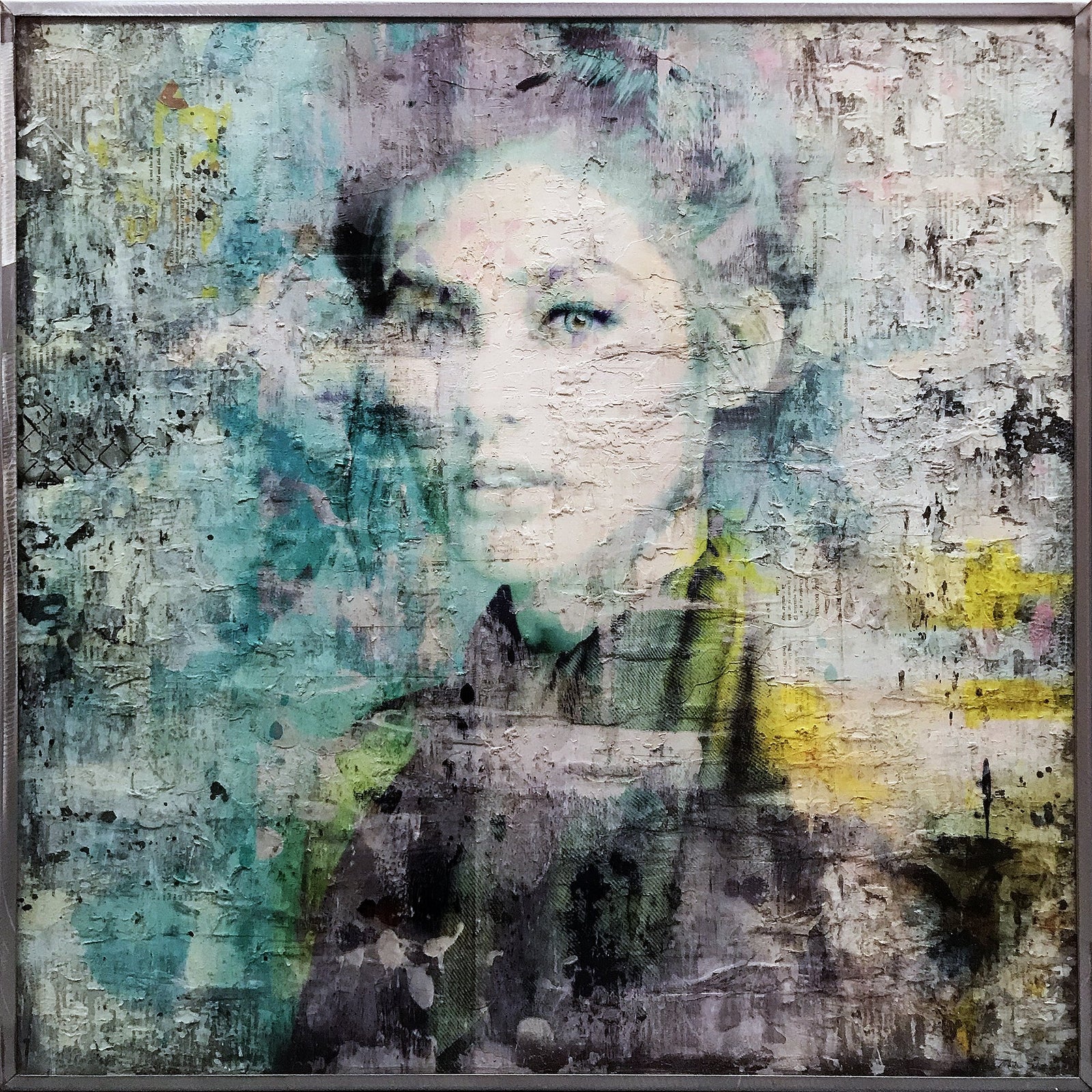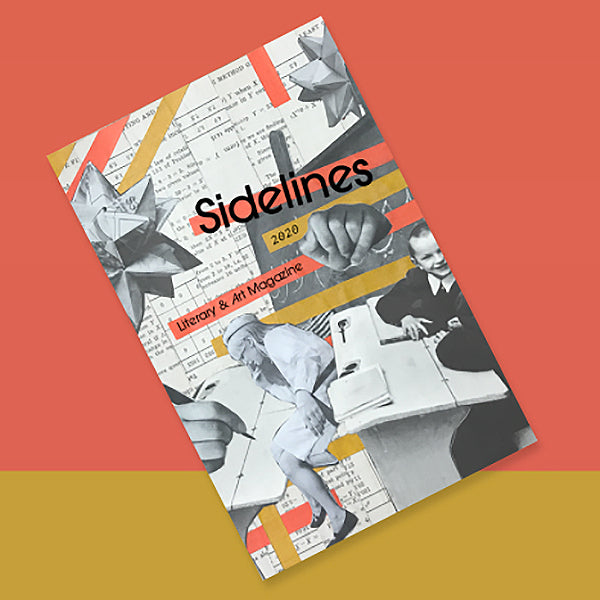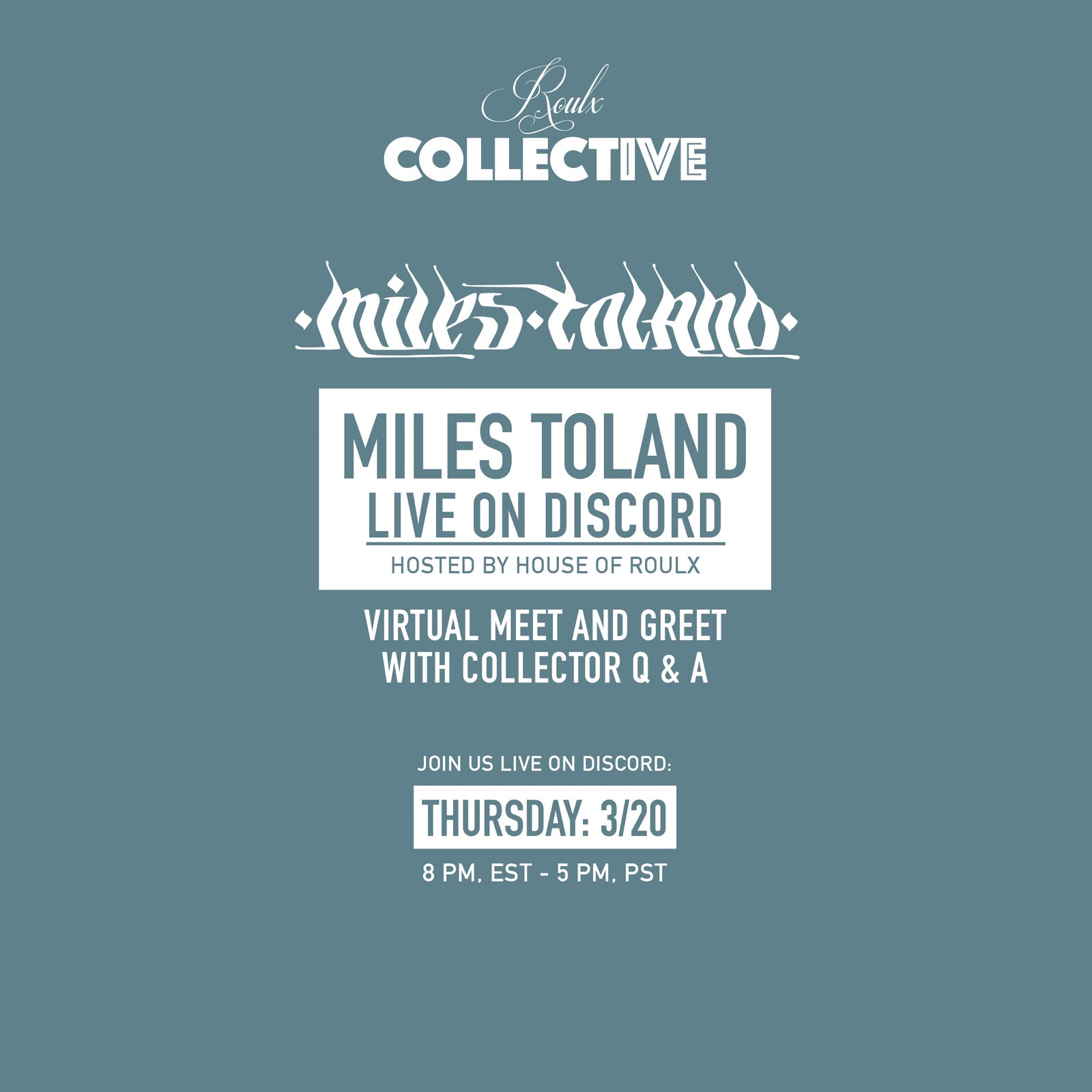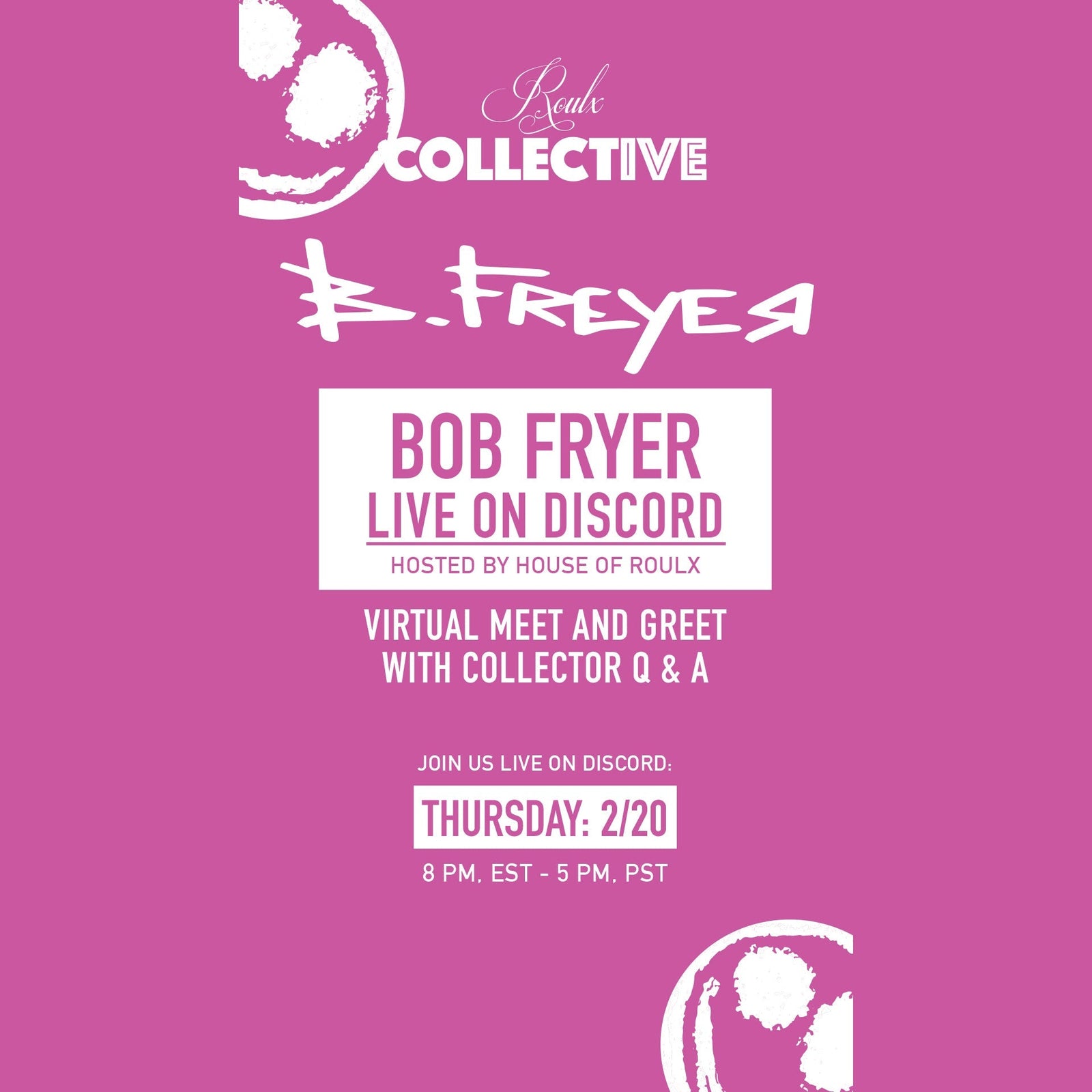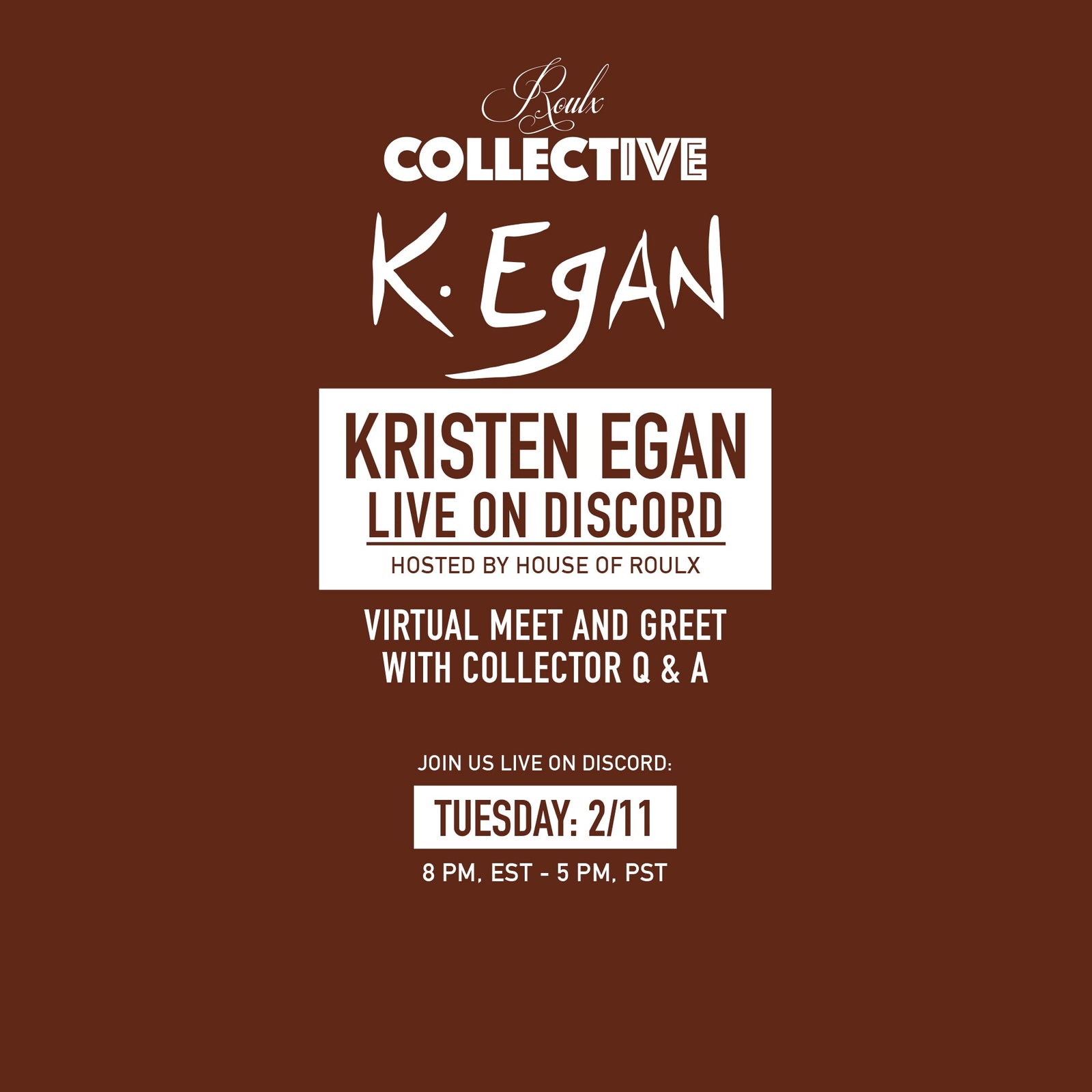Sidelines Simmons University Literary & Art Magazine Fall 2020 Edition

Danielle Coenen is a Boston-based painter who creates portraits characterized by saturated palettes and merging of realism with expressive abstraction. She received a BFA from The Art Institute of Boston at Lesley University in 2011, trained in both figure painting and sculpture. Danielle has had solo exhibitions in Boston and New York City as well as participated in numerous group exhibitions across New England. Her work is held in private collections throughout the U.S. and internationally. The most notable feature of her work was in Dr. Robert Mendoza’s Harvard College Ted Talk “What If I’m Wrong,” connecting her process to forensic neuropsychology. Danielle also teaches art privately and is a nationally recognized art educator with awards from The Scholastic Foundation and The National Young Arts Foundation.

How do you choose your subjects?
I primarily work from images of women that I find, though at times I’ll have people model for my reference photos. It’s easier to have no prior impressions of the individuals I paint so that I can use the reference in a more detached, creative way. The two characteristics I generally look for when choosing subjects are the forms of their faces, from a sculptural perspective, and something about their look that resonates with me.
Many of your portraits position the subject very close-up. Why do you choose to specifically focus on the faces of your subjects?
Before I got deeper into portraiture my work showed more of the figure, additional subject matter, and background space. About seven years ago I remember feeling enamored with portraits by James Jean and Akira Beard, and then many more contemporary portrait painters. I became engrossed looking at them and simultaneously realized while working I was disproportionately engaged in painting the face. I began to focus solely on paintings of the head and as my work evolved, the face got closer and began to fill the composition. Many times I had an underpainting that was significantly more zoomed out than the finished piece and I didn’t fight it; this happened naturally as a consequence of that being the only thing I wanted to paint and I enjoyed the confrontation of a close-up evocative expression.
What is your relationship to color? What inspires the vibrants colors you use in your paintings?
I have a deeply visceral response to certain colors and palettes, and color has always been an important characteristic of my work. The inspirations for colors I use have accumulated over time and were mostly inspired during my teenage years. Growing up I was only exposed to art shown in a public school curriculum and the internet wasn’t saturated with it like it is today, so when I began to see things like graffiti and street art, work in Juxtapoz and Hi-Fructose magazine, art that felt more fresh and alive but most of all used color in ways that I hadn’t seen before, that’s when it really clicked for me, the kind of work I aspired to make. I think part of what draws me to vibrant, colorful palettes is they have an otherworldly quality that feels dreamlike and psychological, which is the tone I like to portray in my work as well.
What is your thought process behind creating large and abstract marks on your paintings, some that hide or obscure certain features of the face?
I like painting both realistically and abstractly and in portraiture it brings layered meanings, being undefined forms in flux, sometimes concealing parts of the face. For me the faces floating in abstraction feel like people that exist in their own mindscapes. Then from a purely visual stance, leaning too far to one side feels like something is missing. Too real and refined feels lifeless and removed from paint, too abstract and there's no anchor. When I'm rendering the face I work tightly from my reference, which requires patience and careful observation. The abstract marks are of the opposite sentiment- a lot of paint throwing and spontaneity, using several other mediums and tools. Having these two exist together and to paint in opposing mindsets creates a balance for me that is really satisfying.

Your most recent solo show, XX, highlights 20 works from four series you developed between 2018 and 2020. How does this show display the evolution of your work?
I wanted this show to reflect how work evolves through a complex interplay of responses from one series to the next. The first series I did between 2017 and 2019. The pieces were emotionally charged and played with distorted color and marks that concealed the mouth and eyes. Following that series, I worked on a collaborative project with photographer Bob Packert, where we photographed models under colored lights. The paintings I created through this collaboration represented a significant shift from my previous work. The colors were completely saturated and I was painting more from direct observation. After using so much color I became interested in trying very fleshy tones for the following paintings and returning to more of the abstraction I typically incorporate. And in the last series, rather than changing the subject in each piece, I wanted to try painting the same image five times and see what changes occurred from each having its own palette and series 26 27 of responses. Getting to the work I ultimately want to make is an iterative process, perhaps one that doesn’t end, and is as interesting as the work itself.
What advice would you give to artists at Simmons in their transition from the academic world to the real world?
I think one challenge from graduating and transitioning into the real world as an artist is you're no longer in a space where you have a built-in community of artist peers and mentors. In the real world being an artist depends on you being self-motivated while most likely having a day job. It took me a while after graduating to have a steady art practice, and the most beneficial thing I did was get a studio in an artist community building. Having the opportunity to witness how professional artists work, converse with them, and be part of a community that understands what you do is extremely helpful. My advice would be to have a designated space for your practice, ideally in a studio building with other artists, or a corner in your home until you get to that point and actively make work. Seek out opportunities to exhibit, build a network, put your work online, and try not to get discouraged by the inevitable rejections.

